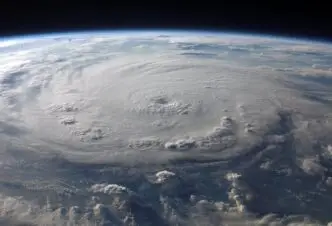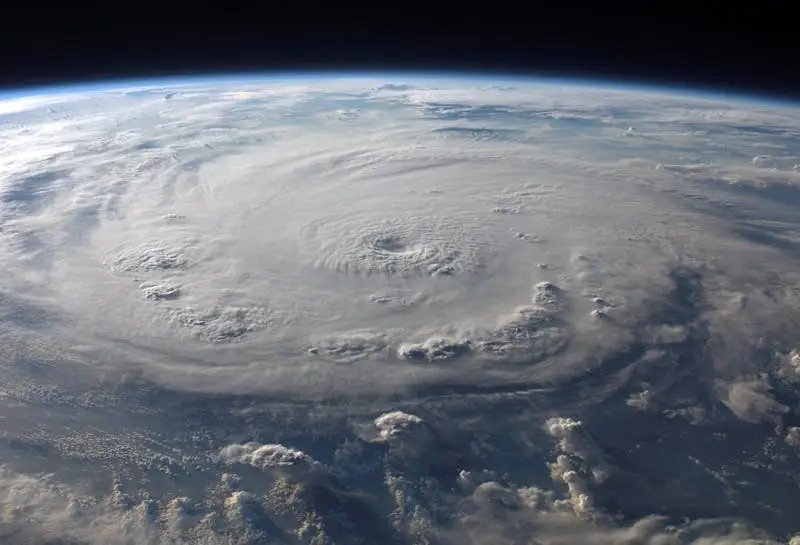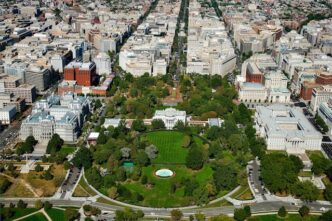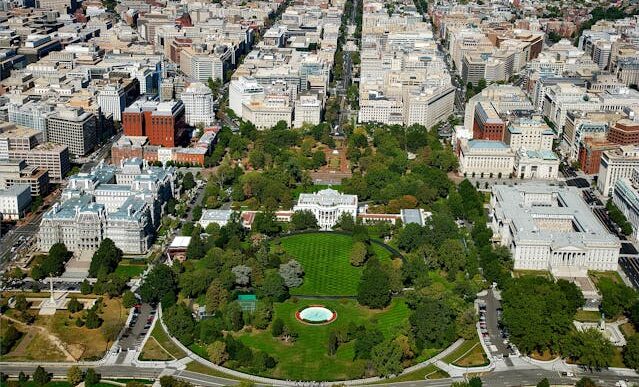Thousands Evacuated as Weakening Cyclone Alfred Approaches Brisbane
In the face of the impending threat, Tropical Cyclone Alfred, downgraded to a tropical low weather system, continues to incite fear as it inches closer to Brisbane, Australia. Despite the weakening system, over 19,000 people have been evacuated as a precautionary measure, and authorities are searching for one person who remains unaccounted for.
The Bureau of Meteorology (BOM) reported on Saturday that the system was situated approximately 250 kilometers east of Brisbane, moving westward at 10 kilometers per hour. Despite the downgrade, the system is still predicted to cause heavy rainfall and potential flooding in the region.
Evacuation Measures and Search for the Missing
Emergency services have been working tirelessly to evacuate residents from areas predicted to be most severely affected. As of now, over 19,000 people have been moved to safety, with a further increase likely if the system continues its path towards the city.
Authorities are also engaged in a search for a missing person, whose identity has not yet been released. The individual was last seen near a beach in the Gold Coast region and police fear that the person may have been caught in the early stages of the storm.
The Queensland Fire and Emergency Services (QFES) have urged residents to stay alert and follow the advice of local authorities. “Even though the threat level has been lowered, the situation is still volatile, and we urge everyone to take necessary precautions,” a QFES spokesperson said.
Impact and Potential Consequences
Despite being downgraded, Cyclone Alfred is expected to bring heavy rainfall, which could potentially lead to flash flooding in low lying areas. The BOM warned of rainfall of up to 200mm in parts of southeast Queensland over the next 24 hours. “Widespread rainfall totals of 100-150mm are expected, with isolated falls of 200-250mm possible,” the BOM reported.
The storm surge, coupled with high tides, could also lead to significant coastal inundation. Residents in low-lying coastal areas have been advised to evacuate as a precautionary measure.
Power outages are also a significant concern. Energy providers have warned that the storm could cause disruptions to power supply, and have urged residents to prepare for potential outages. Emergency power crews are on standby to address any disruptions as quickly as possible.
Preparation for the Aftermath
In preparation for the aftermath of the storm, the Queensland government has declared a state of emergency. This allows authorities to access additional resources and powers to respond to the disaster. Emergency services are on high alert, and resources such as food, water, and medical supplies have been pre-positioned in key areas.
State Premier Annastacia Palaszczuk urged residents to remain calm and follow the advice of authorities. “This is a serious situation, but we are prepared. I urge everyone to listen to the authorities, stay safe and look out for each other,” she said.
The Insurance Council of Australia has declared the event a catastrophe, which will prioritise claims from those affected by the storm. They have urged residents to contact their insurance companies as soon as possible to discuss their situation.
As Cyclone Alfred continues its path towards Brisbane, the city braces itself for the potential impact. Despite the weakening system, authorities remain on high alert, taking every measure to ensure the safety and security of the residents.















